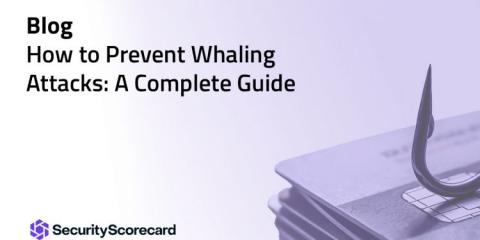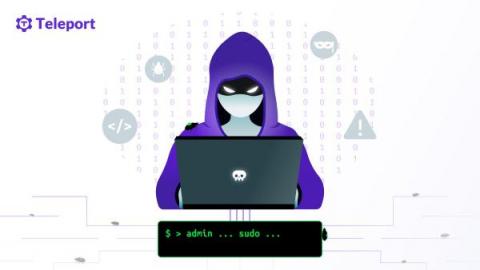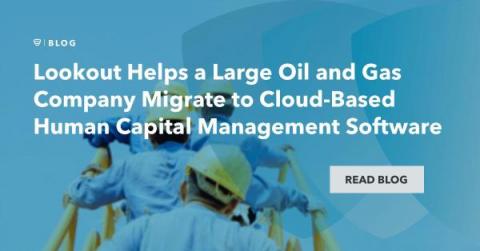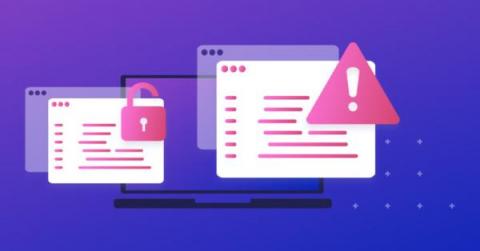Security | Threat Detection | Cyberattacks | DevSecOps | Compliance
Latest News
Understanding The HIPAA Breach Notification Rule
HIPAA requires covered entities and business associates to secure protected health information (PHI). Failing to do so can result in steep fines and penalties. Some PHI breaches, however, are out of the organization’s control. Determined hackers can expose PHI, and employees can make mistakes — they’re only human, Despite training, rigorous security protocols, and constant monitoring, data breaches can happen.
6 Steps to Defend Against Advanced Persistent Threats
The cybersecurity community uses the term Advanced Persistent Threats to refer to threats that have extremely long persistence on a particular target—often lurking inside a target system for years. Their targets can include government agencies (at all levels), including contractors and suppliers far down the supply chain. Due to their passive nature, you may not even realize that your organization is a target for an APT. In fact, your infrastructure may already be infiltrated.
Interview With Cybellum CEO, Slava Bronfman
For the next interview in our series speaking to technology and IT leaders around the world, we’ve welcomed Cybellum CEO Slava Bronfman to share his views on the state of security today.
How to Prevent Whaling Attacks: A Complete Guide
Senior-level executives handle sensitive data and information daily – making them an enticing target for cybercriminals. One of the most complex schemes to date is the whaling attack, in which hackers impersonate high-ranking employees to gain access to computer systems and networks. Whaling attacks have seen a dramatic 131% increase between Q1 2020 and Q1 2021, costing enterprises around $1.8 billion in damages.
What is a software bill of materials?
Do You Know Where Your Data Is... And Where it is Going?
Considering the forensic-level attention to data residency that was paid in the early days of cloud, it’s interesting how little regard is now given to the matter. Explaining the many pitfalls of certain data residency challenges to fellow CISOs (and key stakeholders) and why real-time visualisations of data flow matter, is often an interesting exercise.
Most Common Authorization Vulnerabilities
Authorization vulnerabilities allow malicious users to perform unwanted actions or access resources that are deemed protected otherwise. Authorization vulnerabilities are one of the most widely found vulnerabilities in web applications. The OWASP top 10 list of web application security risks listed broken access control vulnerabilities as the number one risk in 2021, so understanding authorization vulnerabilities is an important topic for application security engineers.
Lookout Helps a Large Oil and Gas Company Migrate to Cloud-Based Human Capital Management Software
When a large oil and gas company in southeast Europe set out to migrate on-premises data and applications to public cloud infrastructure, they turned to Lookout to help address the myriad of security challenges that emerged. The Lookout Cloud Access Security Broker (CASB) solution with advanced Data Loss Prevention (DLP) provided the full breadth of integrated features needed to assure all data security and compliance considerations were met while allowing for open cloud data interaction.
Alert: peacenotwar module sabotages npm developers in the node-ipc package to protest the invasion of Ukraine
On March 15, 2022, users of the popular Vue.js frontend JavaScript framework started experiencing what can only be described as a supply chain attack impacting the npm ecosystem. This was the result of the nested dependencies node-ipc and peacenotwar being sabotaged as an act of protest by the maintainer of the node-ipc package.











